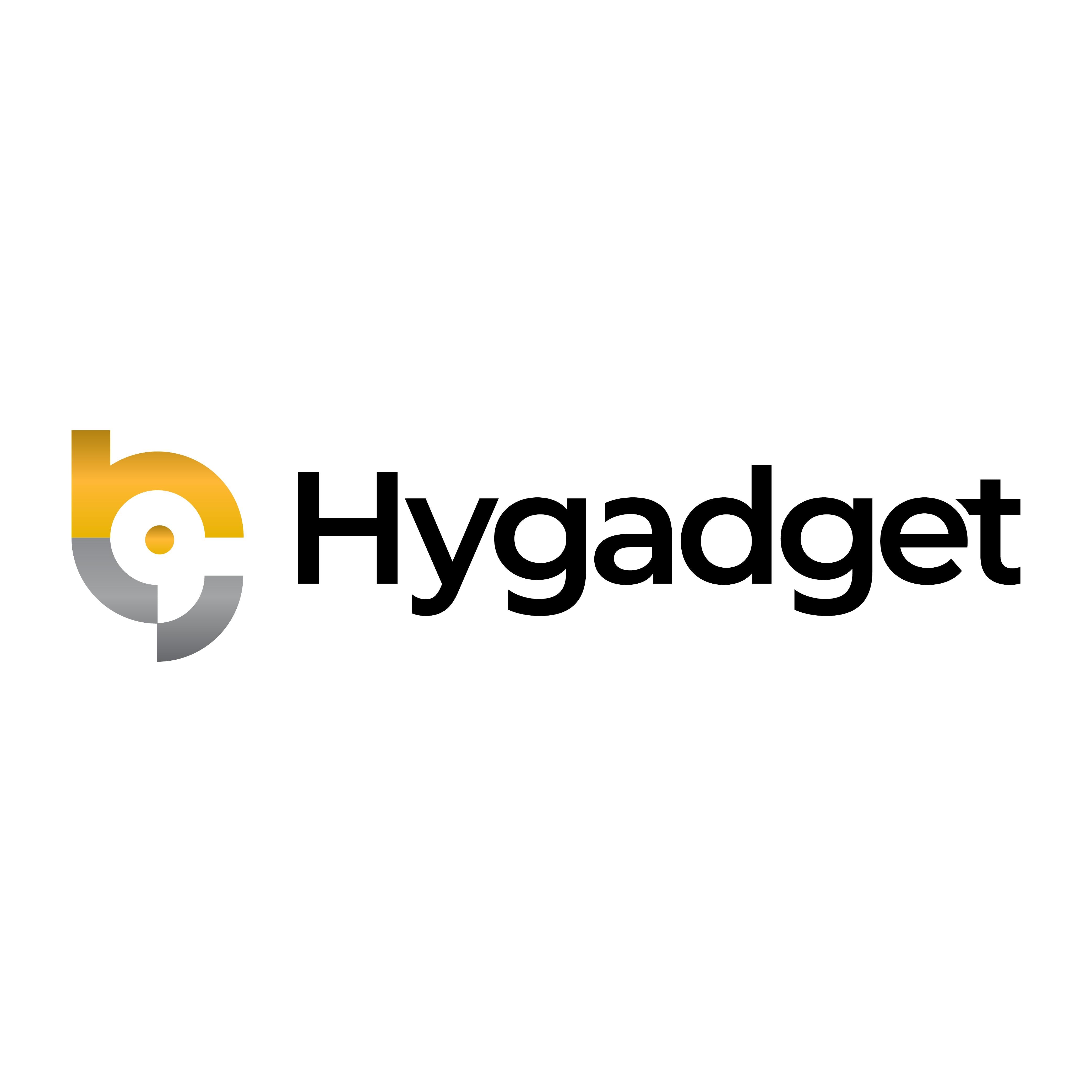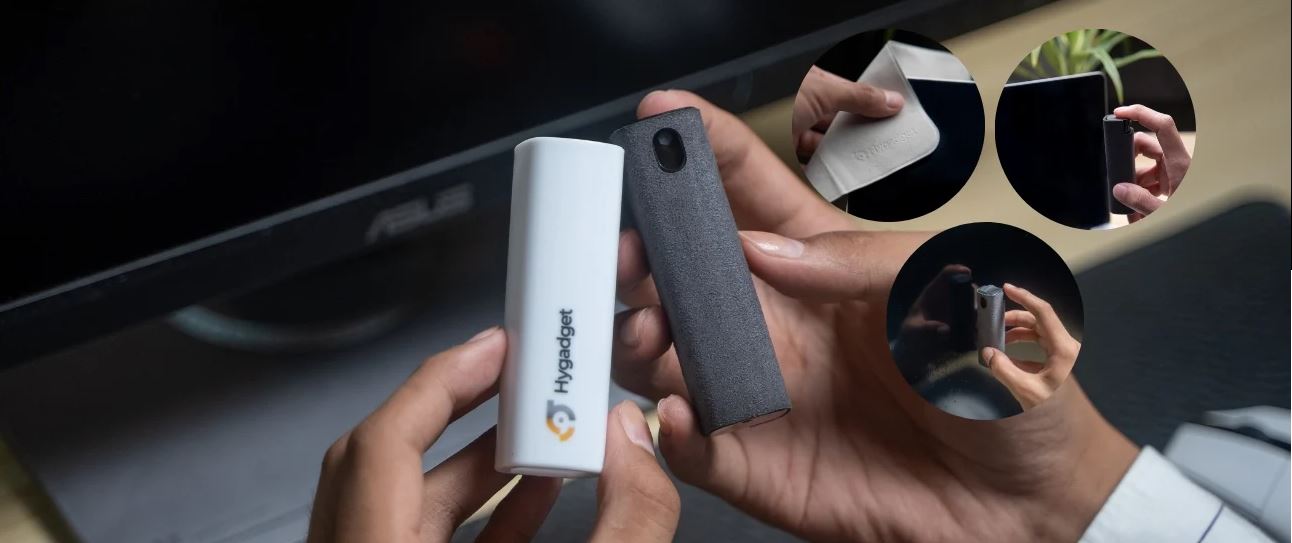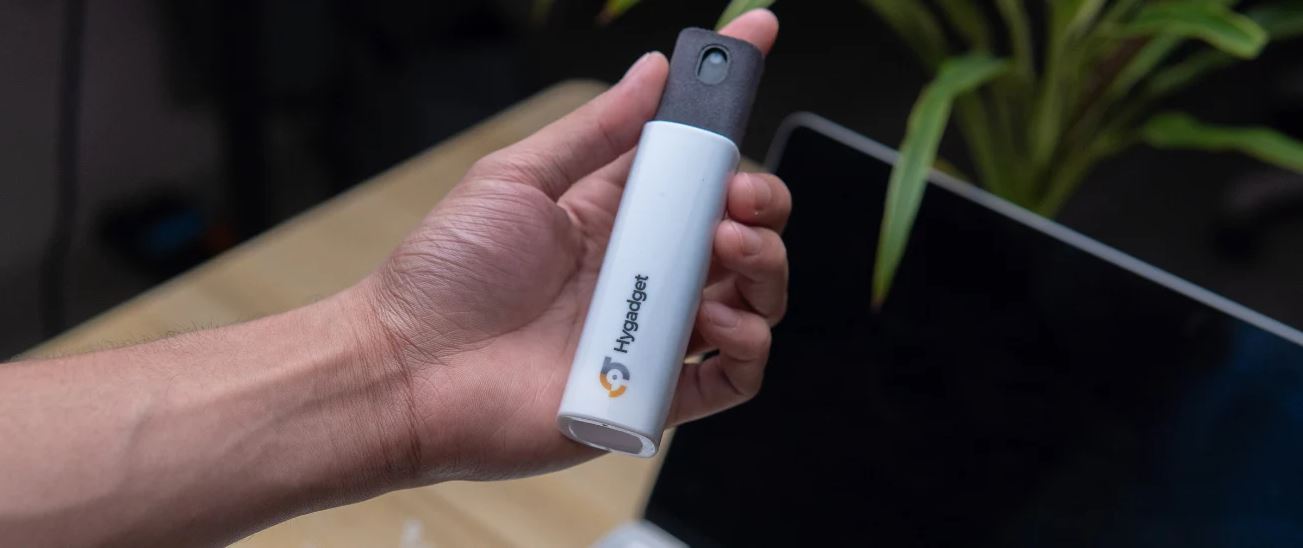Devices such as our smartphones, tablets, or computer monitors accumulate oils from our fingers, dust in the air, and other contaminants that can quickly cloud our screens. This makes it difficult to use and can potentially harbor harmful microbes if not properly cleaned and sanitized. This is where high-quality screen cleaners come into play, ensuring our devices are spotless and microbial-free.
But have you ever wondered how these indispensable solutions are created? Today we’ll discuss with you behind the scenes the intricate processes of making an effective screen cleaner.
Exploring Screen Cleaner Ingredients
The effectiveness of a screen cleaner highly depends on its ingredients. These components not only determine the cleaner's ability to remove dirt and grime but also ensure it is safe for use on various screen types without causing damage to the screen or harm to the user. This is especially important when cleaning screens around children. Let’s explore the common ingredients found in screen cleaners and their roles:
Common Ingredients Reason and Functions:
Most screen cleaners incorporate a blend of several key components:
Used for its evaporative properties, IPA helps in breaking down oils and evaporating quickly to leave a streak-free finish. It’s effective against a wide range of microbial life as well.
Used as a solvent, distilled water serves as the base of many cleaners. This is because it's free of impurities found in tap water, which can leave residues or mineral deposits on screens.
An additive to screen cleaners to lower the surface tension of liquids, helping the cleaning solution spread more easily and lift dirt and oils more effectively.
These can be added to help prevent the buildup of static electricity on screens. This will prevent dust attraction on your screen and can also prevent harm to some electronic components of your device.
Used to maintain the pH of the cleaner, ensuring it remains gentle on the screen and its coating. If a screen cleaner is too acidic or basic this can potentially damage your delicate screen surfaces.
Choosing Safe Ingredients
Safety is paramount when selecting ingredients for screen cleaners. It’s crucial to choose substances that are effective but also gentle enough to not degrade the screen’s protective coatings or pose health risks to users. Ingredients should also be environmentally friendly to reduce the chemical load on our surroundings, which is important for decreasing the environmental impact of screen cleaning.
Manufacturers need to balance these needs with the cleaning performance to create a product that is both safe and effective. These challenges also need to be addressed in future screen-cleaning technology.
The Manufacturing Process
Creating an effective screen cleaner involves more than just mixing ingredients - It’s a precise operation that requires strict adherence to quality standards and also safety measures. Here’s a detailed look from start to finish of the manufacturing process:
Step-by-Step Production Flow
-
Raw Material Sourcing: This process starts with the acquisition of high-quality raw materials. Suppliers are chosen for their capabilities to provide pure and consistent ingredients necessary for the formulation.
-
Safety Standards: The production process also makes sure it adheres to stringent health and safety regulations to prevent any risks associated with the chemical components of the screen cleaners, ensuring customer safety.
-
Blending Ingredient: In this phase, chosen ingredients for example isopropyl alcohol, distilled water, and surfactants are precisely measured and then mixed in industrial-grade mixing tanks.
-
Testing: Each batch of screen cleaner undergoes stringent quality control testing to ensure it meets the required standards. Tests might include checking the pH balance, effectiveness in removing screen contaminants, and ensuring no residues or streaking is left on screens.
-
Filling and Packaging: After the solution meets quality standards, it is filled into appropriate containers such as bottles or wipes. Filing equipment is carefully calibrated to ensure each container has the exact amount of cleaner to ensure consistency across products.
-
Labeling and Distribution: The products are then labeled according to regulatory standards, providing important information like usage instructions and safety warnings. Finally, the products are packaged up for distribution.
-
Continuous Feedback: Manufacturers collect feedback from users and retailers to continuously refine their products and processes. This is to ensure improvements can be made and to strive for superior quality to meet customer's needs.
This comprehensive overview displays the meticulous care and precision involved in the manufacturing of screen cleaners. By adhering to each step, manufacturers not only ensure the efficacy and safety of their products but also affirm their commitment to delivering high-quality in meeting the consumer's expectations and following regulatory requirements for safety
Feature Focus on HyScreen Kit for Digital Displays
When you’re choosing the right screen cleaner, it’s essential to consider the product’s formulation and its compatibility with different screen types. The Hyscreen Kit Screen Cleaner from Hygadget is our proud example and is ideal for a wide range of digital displays. This screen cleaner is formulated without harmful chemicals, featuring plant-derived surfactants that effectively remove fingerprints and smudges while ensuring safety for delicate screens.







